Sebastopol or Danubian – Geese
Sebastopol or Danubian – Geese
The Sebastopol Geese is a breed of domestic goose, descended from the European Graylag. They were also referred to as Danubian geese, the preferred name in 19th-century Britain.
In German, they are called Lockengans or Struppgans, meaning “curl-goose” and “unkempt goose”.
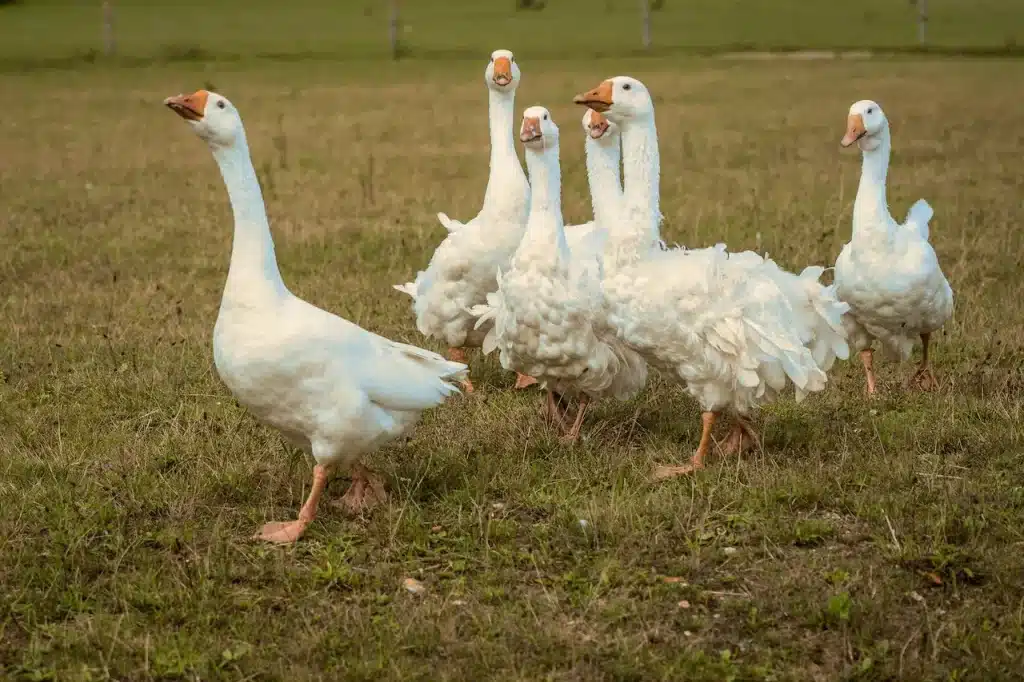
Further Goose Information
- Goose Information / Overview
- Photos of the Different Goose Species for Identification
- Species Index of Geese
Description:
The Sebastopol is a medium-sized goose with long, white curly feathers. The feathers of the neck are smooth and sometimes greyish-brown.
Crosses have produced all-gray, buff, and saddle-back variants. Feathers on the breast may be curly (frizzle) or smooth.
The gander weighs 12-14 lbs. while the goose weighs 10-12 lbs. The legs and shanks are orange and the eyes are bright blue.
On average, females produce 25-35 eggs per year.
Though geese generally retain some flight ability, Sebastopol cannot fly well due to the curliness of their feathers and have difficulty getting off the ground. They need plenty of water to keep themselves clean, and to clean their sinuses.
The breed was developed in Central Europe along the Danube and the Black Sea. It’s not known if the birds originated in the port of Sevastopol, Ukraine as the name implies, by the 19th century they were found in all the countries surrounding the Black Sea. The alternate name Danubian reflected their prevalence around the river Danube. They were originally bred to use their curly feathers in pillows and quilts.

Breeding
Breeding over the last hundred years has increased the average weight of the birds by thirty percent. It is best to avoid breeding two specimens both having curly breast feathers, as they may develop abnormal wings.

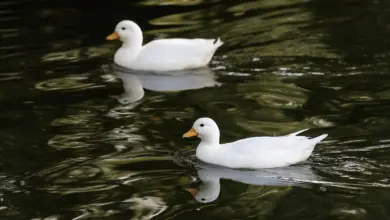

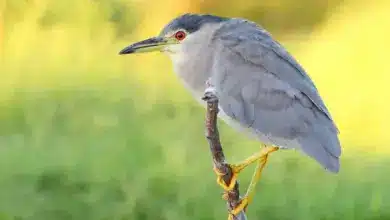
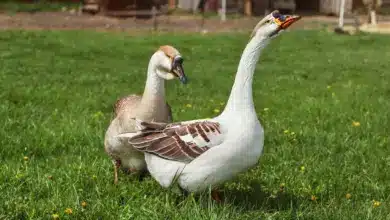
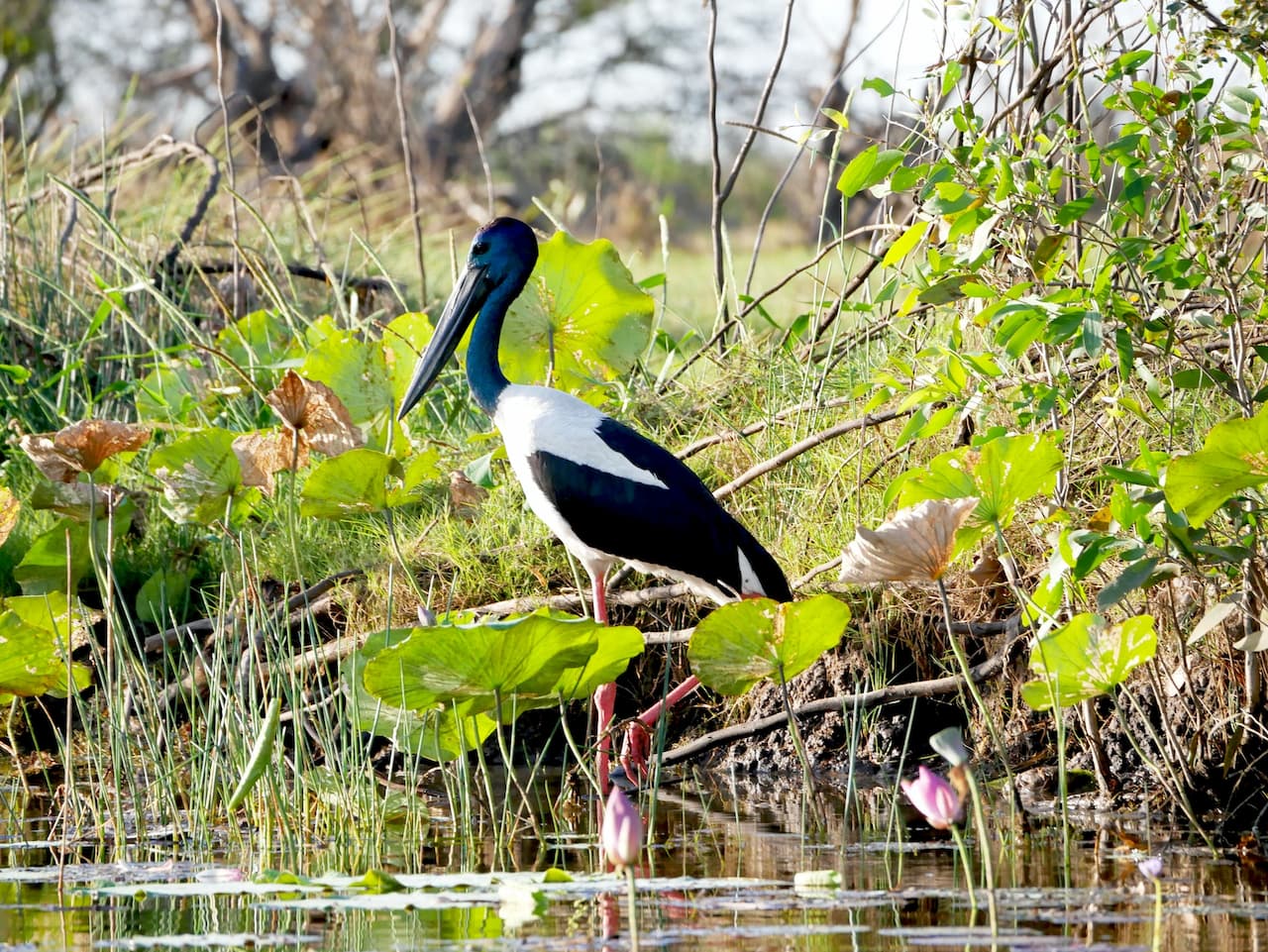
interesting read but you do not tell the reader (me) how the goose got the frizzle gene in the first place????????????